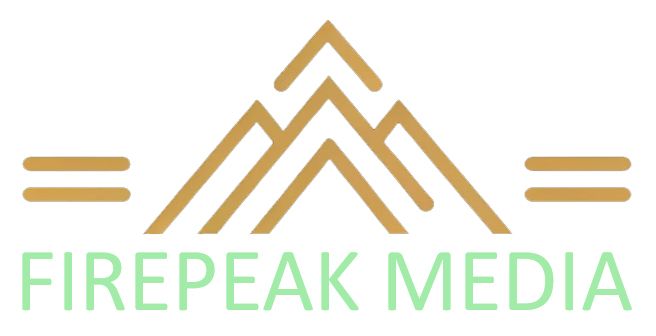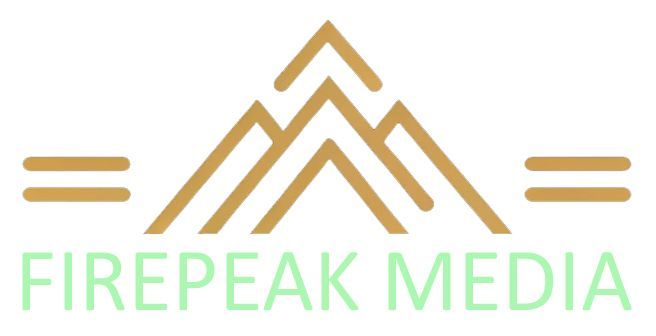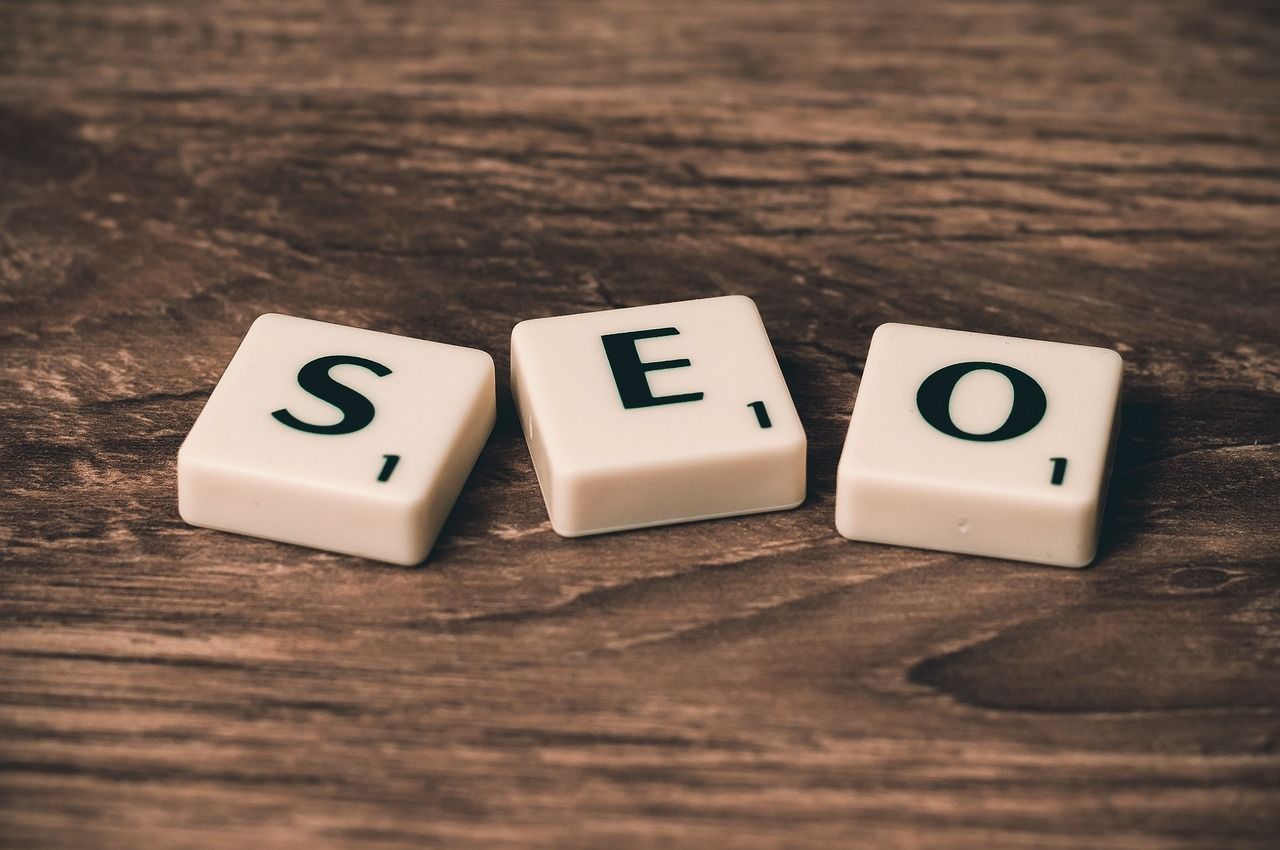Improve Your Website Loading Speed: A Step-by-Step Guide
Why Website Loading Speed Matters for User Experience and SEO
In the competitive digital landscape, website loading speed is more than a convenience—it’s a dealbreaker. A slow-loading site drives visitors away faster than you can say "refresh," taking potential customers and revenue with it. Beyond user frustration, sluggish speeds send a red flag to search engines, hurting your rankings and visibility. In this game, speed isn’t just an advantage—it’s the peak of online performance.
Optimizing your website loading speed boosts user satisfaction, increases engagement, and keeps conversions climbing. A mere one-second lag can have a direct impact on your profits. Don’t let slow speeds hold you back—accelerate your site to stay ahead of the competition.
Analyzing Your Current Website Speed: Tools and Benchmarks
Improving website loading speed starts with understanding your current performance. Tools like Google PageSpeed Insights, GTmetrix, and Pingdom provide valuable metrics, highlighting load times and diagnosing the bottlenecks that hold your site back. These insights are crucial for creating a focused optimization plan.
Aim for a load time under 2-3 seconds to keep users engaged and reduce bounce rates, especially on mobile devices, where delays cost you dearly in a smartphone-driven world. By benchmarking both desktop and mobile performance, you’ll gain a clear roadmap to faster load times—and a more engaging, conversion-ready website.
Optimize Images Without Sacrificing Quality
Although they speak a thousand words, images are a common roadblock to optimal website loading speed. They often contribute to sluggish performance with their large file sizes. High-resolution images improve design but can drastically reduce your site's speed without proper optimization. The key is to balance quality with efficiency by reducing file sizes without sacrificing clarity.
Tools like TinyPNG or ImageOptim can compress images effectively, preserving their appearance while lightening the load. Select formats wisely: JPEG for detailed photos, PNG for transparency, and WebP for cutting-edge compression. By optimizing images, you ensure your site remains both visually engaging and lightning-fast, delivering a seamless experience for visitors.
Minimize HTTP Requests for Faster Page Loads
Each element on your webpage—images, scripts, and stylesheets—adds to the number of HTTP requests, and more requests mean slower load times. To improve website loading speed, focus on minimizing these demands. Streamline your design by combining CSS and JavaScript files, removing redundant plugins, and inlining small CSS snippets for efficiency. Grouping images into a single CSS sprite minimizes server calls and enhances loading efficiency. By simplifying your site’s structure, you’re not just cutting down on delays—you’re creating a smoother, faster user experience that keeps visitors engaged and your site performing at its peak.

Use Browser Caching to Improve Load Times
Browser caching plays a crucial role in optimizing website loading speed by reducing the time it takes to deliver your content. When a user visits your site, their browser temporarily stores static files such as images, CSS, and JavaScript locally. This way, when they return, the browser retrieves these elements from the cache rather than downloading them again, significantly improving load times.
To enable browser caching, use tools like WP Rocket or configure cache-control headers manually. Beyond faster loading, caching enhances the user experience by making every return visit feel smooth and instantaneous—showing your visitors that efficiency is always in the details.
Maximize Speed with Content Delivery Networks (CDNs)
A Content Delivery Network (CDN) enhances your website’s performance by distributing its content across multiple servers worldwide. Instead of relying on a single server, a CDN delivers data from the server closest to your visitor’s location, significantly improving website loading speed and reducing latency.
Platforms like Cloudflare and Amazon CloudFront store cached versions of your site in global data centers, ensuring faster access for users regardless of their location. For businesses with international audiences or high traffic, CDNs provide a seamless browsing experience while keeping your site running at peak efficiency.
Cut Server Response Delays with Streamlined Hosting Choices
The quality of your hosting server has a direct impact on website loading speed. If your site relies on a shared hosting plan, performance can suffer when the server is overloaded with other websites. Upgrading to a reliable hosting provider or a high-performance plan can significantly improve server response times.
For better speed and scalability, consider options like Virtual Private Servers (VPS) or managed hosting solutions. These provide dedicated resources, ensuring your website runs smoothly and loads quickly—even during periods of heavy traffic.
Optimize Website Performance by Minifying CSS, JavaScript, and HTML
Unnecessary spaces, comments, and lines of code can slow down your website. Reducing the size of your CSS, JavaScript, and HTML files boosts your site’s loading speed. This process removes anything that isn’t essential, making your site cleaner and more efficient.
Tools like UglifyJS for JavaScript and CSSNano for stylesheets can help automate this task. If you're using WordPress, plugins like Autoptimize can simplify the process even further, ensuring your site runs smoothly and efficiently.
Enable Lazy Loading for Images and Videos
Lazy loading is an effective strategy to improve website loading speed by loading only the content visible on the screen initially. As visitors scroll through the page, extra media loads on demand, cutting down on initial load time and conserving bandwidth.
For websites with heavy media content, lazy loading can significantly enhance performance. It provides a quicker initial load, improving user experience by reducing wait times. Implementing this feature is straightforward—either through a few lines of code or a plugin—giving your site an immediate boost.
Little-Known Techniques to Boost Website Loading Speed
Sometimes, the best improvements come from the little things. Improving website loading speed doesn’t always require major changes—small adjustments can make a significant impact. Here are a few simple but effective techniques to enhance performance:
- Asynchronous Loading for Scripts: Load JavaScript independently, preventing it from delaying other content.
- Remove Unused CSS and JavaScript: Use tools like PurifyCSS to eliminate unnecessary code, reducing page weight.
- Preload Important Assets: Prioritize critical resources like fonts and scripts for faster rendering.
By implementing these strategies, your website will load faster and provide a better user experience. For personalized digital marketing solutions, contact
Firepeak Media at
801-901-8431 in Lehi, UT. Let us help you optimize your website loading speed and fire the flames of your online presence.

Let us be your partner in growth so you can focus on what you love











